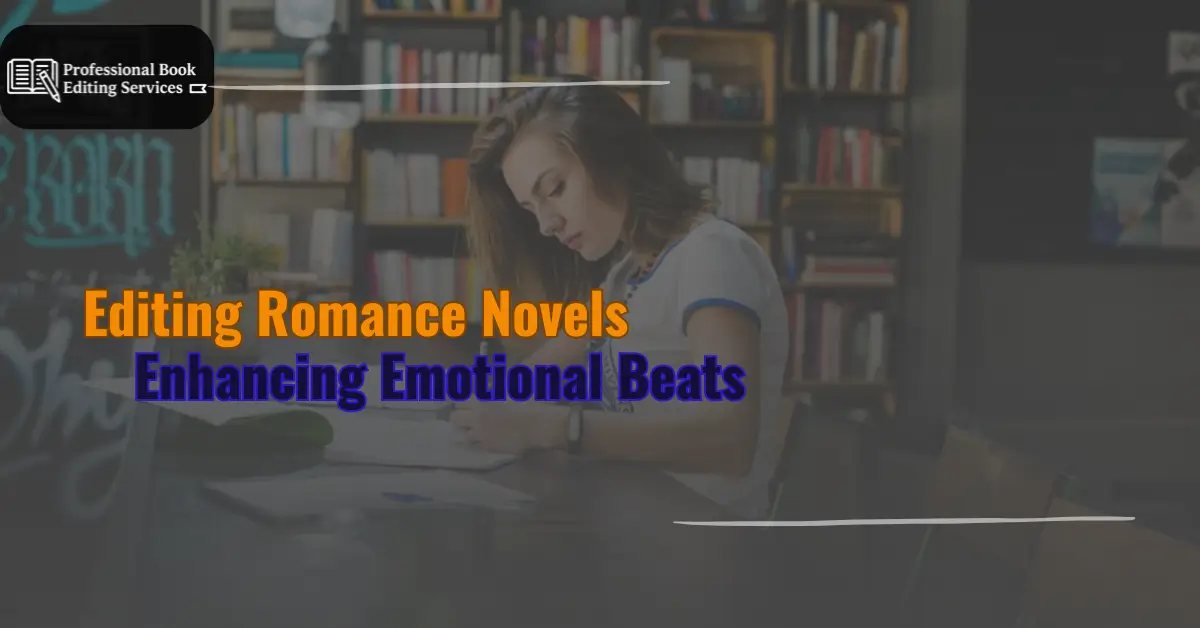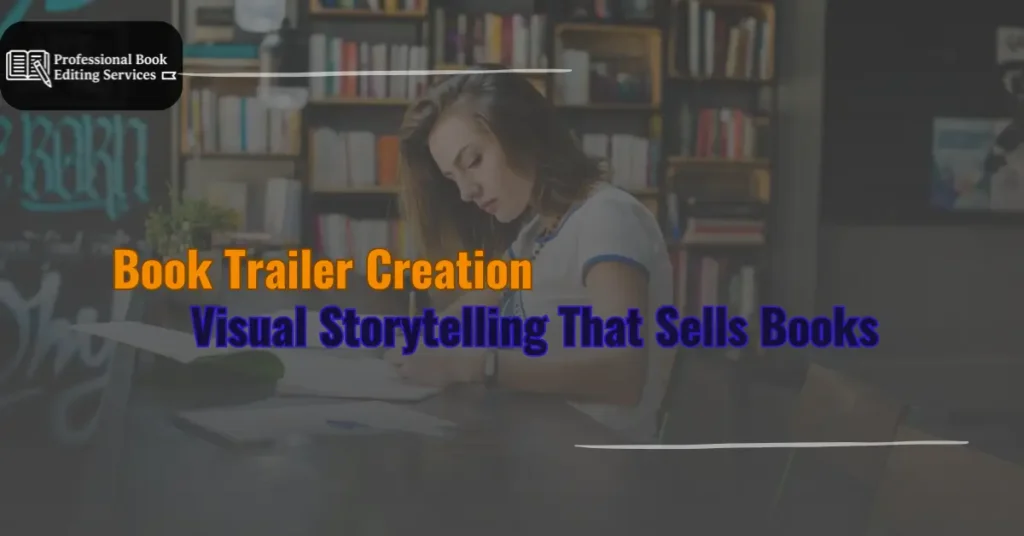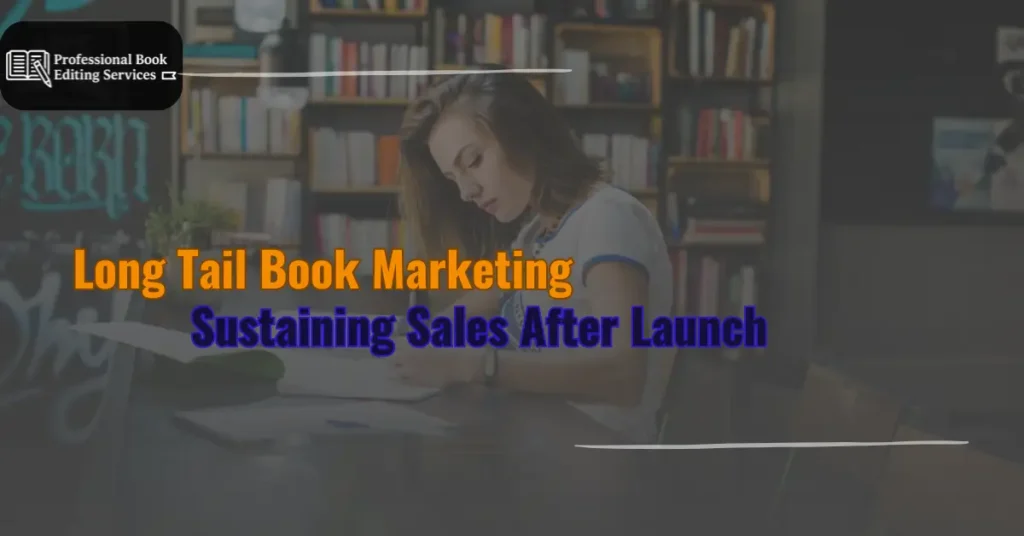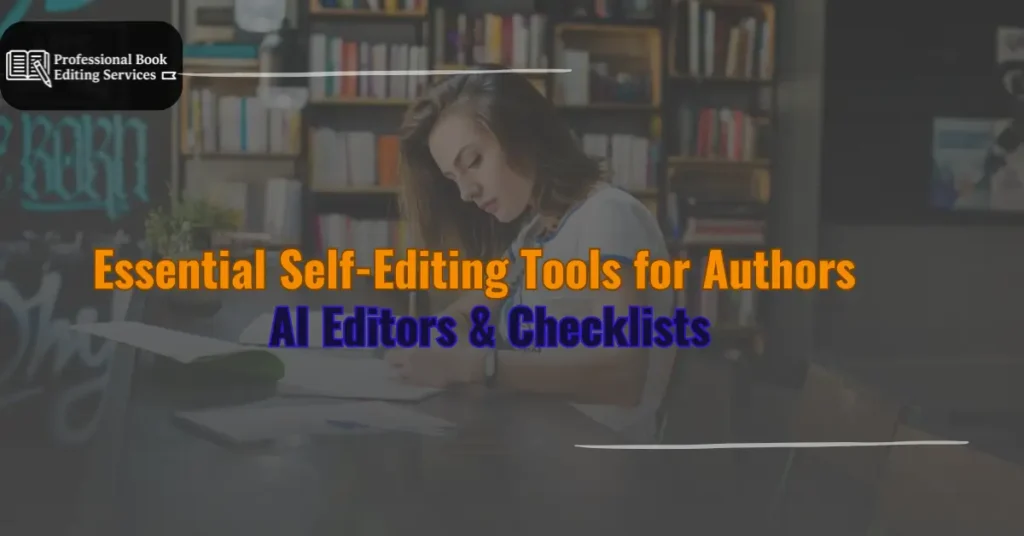Even the most perfect love stories have a few flaws. Before you start raising those pitchforks to defend your favorite romance novels, let us explain. When any author writes a story, there are bound to be mistakes. Maybe they left a plot hole, maybe there are characters that lack development, or even the word choice is poor. That’s because they are trying to make the story exist first. They can always perfect it later. The first draft is never perfect, but with a sharp eye and a keen sense of judgement, these can be easily spotted and fixed. That’s what editors are for.
Romance novel editing plays a central role. It ensures every emotional beat hits the mark, every character feels authentic, and every scene earns its place in the story. Romance readers expect connection, tension, and payoff. If any of those elements falter, the story loses momentum. Editors help authors tune their manuscripts so that nothing slips through unnoticed. And while love is at the heart of every romance, it’s the execution, the pacing, the tone, the chemistry that determines whether readers feel it too.
Let’s take a closer look at what makes romance editing so vital, and how professionals sharpen stories that revolve around human connection.
Why Emotional Precision Matters in Romance
Romance thrives on emotion. From longing glances to full-blown heartbreak, every scene must contribute to an evolving emotional arc. That means editing isn’t just about catching typos. It’s about aligning feelings with action, dialogue, and pacing.
Editors ask questions like:
- Does the chemistry between characters feel earned?
- Do the emotional highs and lows follow a natural progression?
- Is the dialogue pulling its weight, or does it feel like filler?
Readers do notice when elements like these don’t add up. The goal of editing romance novels is to ensure emotional continuity, so nothing feels rushed, dragged out, or disconnected.
Creating Authentic Character Chemistry
The core of any romance novel is the relationship between the protagonists. Editors focus heavily on how that relationship develops across the story.
First, there’s the spark, how the couple meets, and whether the tension builds organically. Then, the evolution, moments of vulnerability, miscommunication, and deepening trust. Finally, the resolution is how the arc concludes in a way that feels satisfying.
If the chemistry feels forced or inconsistent, it’s usually a sign that character motivation or emotional payoff is lacking. Editors provide targeted feedback on how to deepen that connection without falling into common traps.
They also help root characters in emotional realism. In fantasy or YA book editing, world-building is key. In romance, it’s emotional grounding that matters most.
Fixing Dialogue That Feels Forced
In romance, dialogue carries a heavy load. It reveals attraction, builds conflict, shows personality, and often drives plot. But it’s also where many writers stumble.
Dialogue that sounds stiff, overly formal, or unrealistic pulls readers out of the moment. One of the first tasks in romance novel editing is reviewing how characters talk to each other, and whether those conversations match their emotional states.
An editor will help:
- Cut clichés or phrases that feel overused
- Smooth stilted exchanges into believable back-and-forth
- Ensure emotional beats align with what’s said (and what’s not)
Romance thrives on subtext. Editing draws out those quiet moments, hesitations, pauses, and looks that carry just as much weight as words.
Pacing Emotional Arcs
Pacing is a common challenge in romance. Sometimes the story moves too quickly, skipping over key emotional transitions. Other times, it stalls with repetitive inner monologue or filler scenes.
Editors help restructure the narrative so the emotional arc builds steadily. That might mean trimming scenes that don’t move the relationship forward, or expanding ones that need more depth.
A well-paced romance gives readers time to connect with characters, while still building toward a payoff. It balances tension with relief, longing with resolution. And the editor’s job is to find that balance without losing momentum.
This is especially important in subgenres like YA fantasy editing or historical fiction editing, where plot mechanics can overwhelm the emotional core if not handled carefully.
Removing Clichés and Strengthening Original Voice
Romance as a genre is filled with familiar tropes: enemies to lovers, second chances, and forbidden love. While tropes aren’t inherently bad, they must be executed with a fresh perspective.
One of the goals of romance novel editing is to identify overused lines, tired metaphors, or recycled scenes and replace them with language that feels personal to the story.
Editors look for:
- Overused phrases or emotional shortcuts
- Predictable plot turns that lack tension
- Generic character voices that blend together
The editor’s role is not to strip away the author’s voice, but to amplify it by clearing out distractions. A sharper voice gives the story clarity and depth, helping it stand out in a crowded genre.
Writers coming from thriller editing or science fiction editing backgrounds often struggle with this transition. Romance demands emotional precision over plot logic, and that shift requires a different editorial lens.
Editing for Subgenre-Specific Expectations
Romance has many subgenres: contemporary, historical, paranormal, romantic suspense, and more. Each has unique tone, pacing, and heat-level expectations.
For example:
- In fantasy book editing, world-building must blend with character development.
- In children’s book editing, emotional content must be age-appropriate and accessible.
- In short story editing, romance must unfold quickly but still feel complete.
Editors tailor their approach based on these expectations. They’ll ask: Does the story deliver what fans of this subgenre are looking for? And if it doesn’t, how can we get it there?
Even in crossover genres like memoir editing or non-fiction editing, romantic elements must feel truthful and well-paced. Emotional beats aren’t limited to fiction. They just manifest differently.
Professional Editors vs. Beta Readers
A professional editor can help polish your story and bring that “oomph” you were missing. But these professionals are expensive and sometimes a bit hard on the budget. So you’ve got to ask, what other options can you consider to access your novel’s level of engagement? Beta readers are one route you can take.
Many authors rely on beta readers and editors to shape their romance novels. Both offer valuable insights, but serve different purposes.
Beta readers represent the audience. They can tell you how the story made them feel. But they might not know how to fix pacing or tighten dialogue.
Editors provide structural and stylistic feedback. They understand character arcs, emotional rhythm, and genre expectations. In romance novel editing, this experience is essential. That said, both are useful. Authors often start with beta readers, then move to professional edits. Just know that one doesn’t replace the other.
The Role of Self-Editing Tools
Before you bring in an editor, it helps to do a thorough self-edit. This reduces your editing costs and makes your draft stronger from the start.
Self-editing tools for writers, like Hemingway Editor, ProWritingAid, or Grammarly, can help catch grammar issues, sentence structure problems, and basic pacing hiccups.
However, tools have limits. They don’t understand emotional beats, character arcs, or narrative flow. Use them for cleanup, not development.
The real work of emotional clarity and authentic connection still comes down to thoughtful, human editing.
Tying it All Together
Whether you’re writing sweet romance or something more intense, every emotional beat counts. That’s why romance novel editing goes beyond grammar. It’s about shaping feeling, intention, and connection on every page.
Writers coming from genres like science fiction editing, self-help book editing, or poetry editing often need to recalibrate their focus. In romance, emotion drives everything. If it doesn’t feel real, the story won’t land.
Great editing brings those moments into sharper focus, so readers don’t just read the romance. They feel it.
Conclusion
Romance novels succeed when readers believe in the love story. That belief isn’t built on big declarations alone. It comes from the little moments, the earned chemistry, and the emotional pacing that holds it all together.
That’s the value of romance novel editing. It refines dialogue, strengthens emotional arcs, and ensures the characters’ connection resonates.
Whether you’re polishing your first romance or transitioning from genres like historical fiction editing or YA book editing, a strong editorial process helps transform a good draft into a great love story.
In a genre that lives and dies on connection, editing is the difference between forgettable and unforgettable.





